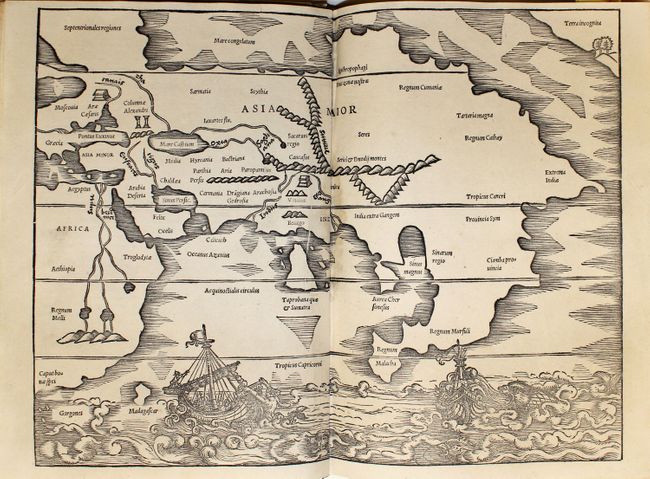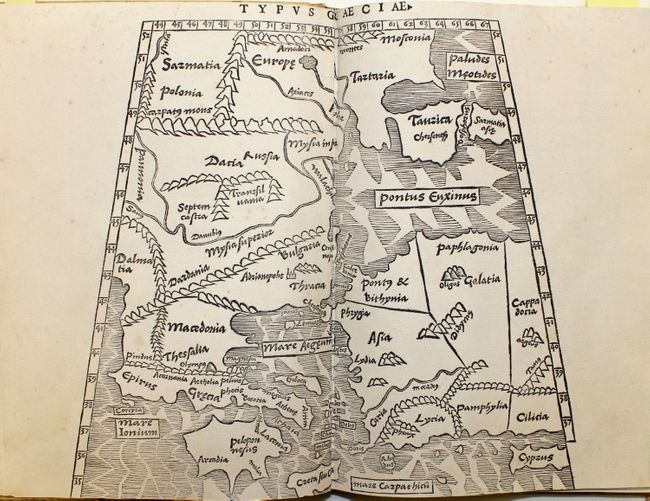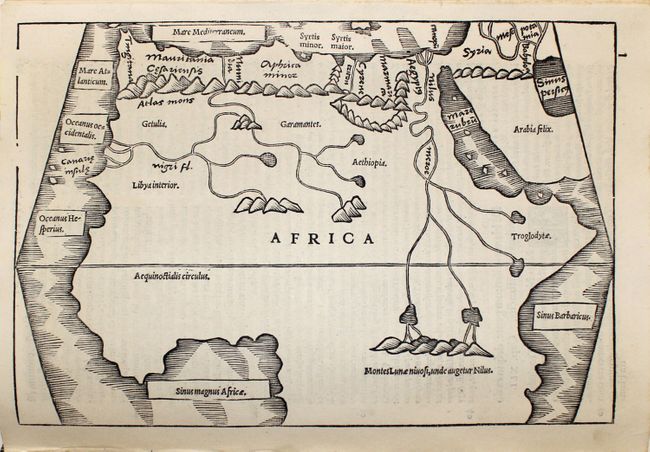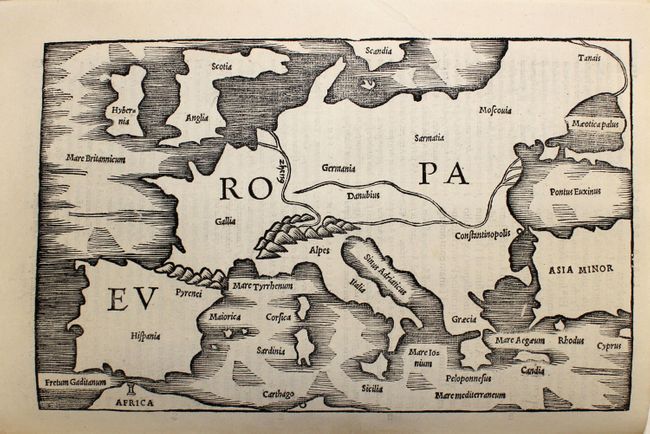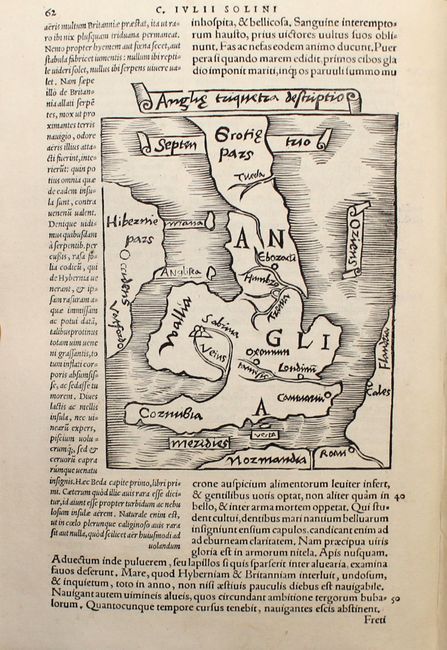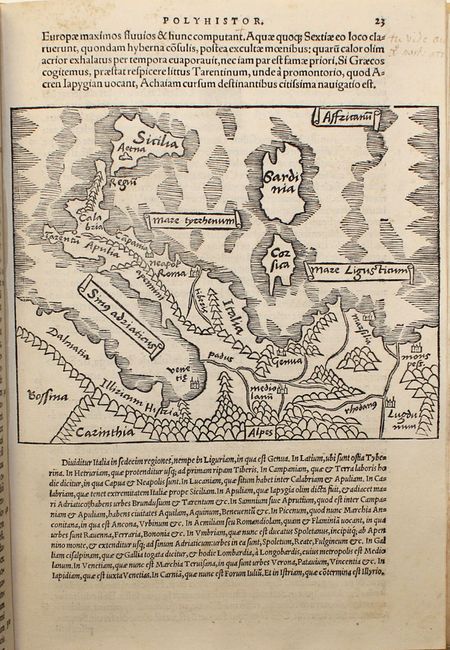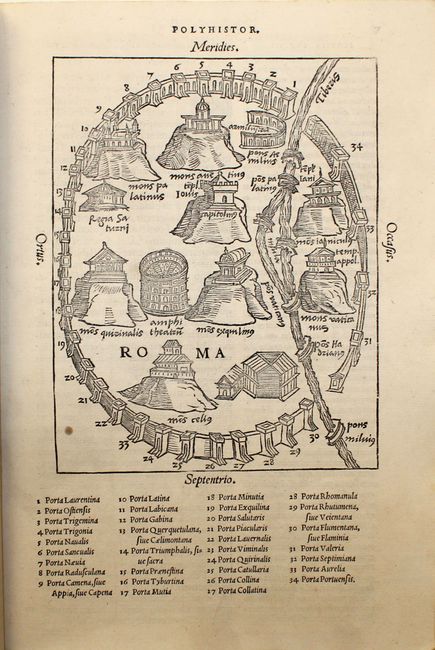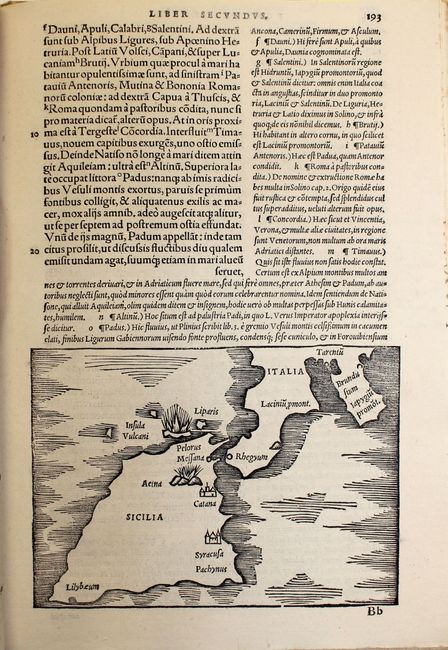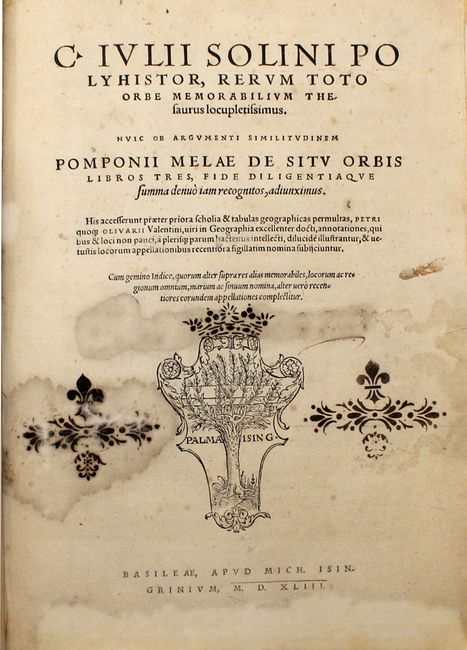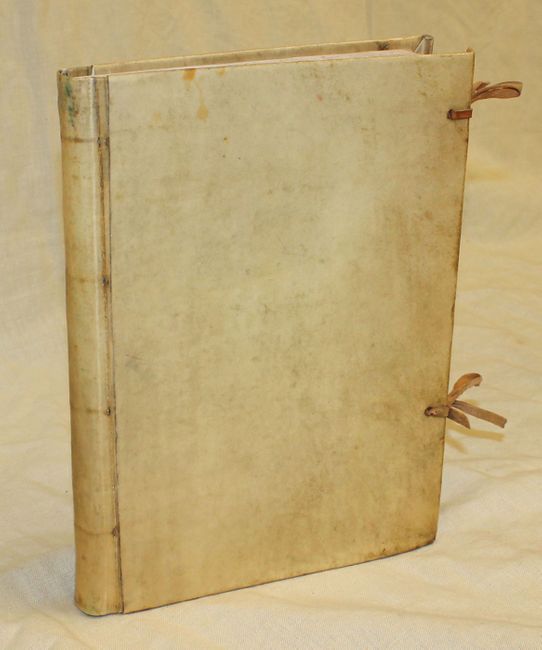Catalog Archive


Auction 142, Lot 749
Earliest Depiction of the Northwest Coast of America on a Printed Map
"C. Iulii Solini Polyhistor, Rerum Toto Orbe Memorabilium Thesaurus Locupletissimus... Pomponii Melae de Situ Orbis Libros Tres…", Solinus, Caius Julius
Subject: Atlases
Period: 1543 (dated)
Publication:
Color: Black & White
Size:
8 x 10.6 inches
20.3 x 26.9 cm
Download High Resolution Image
(or just click on image to launch the Zoom viewer)
(or just click on image to launch the Zoom viewer)
